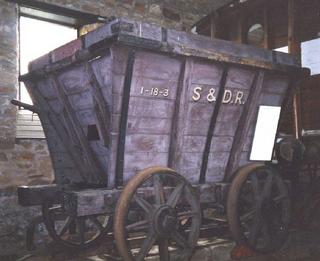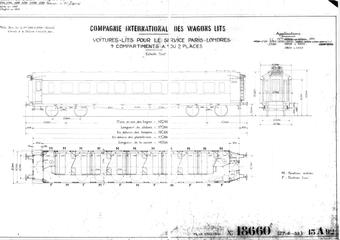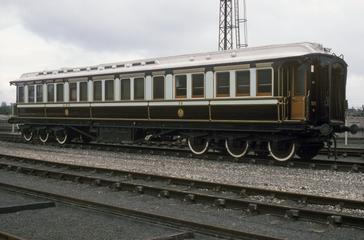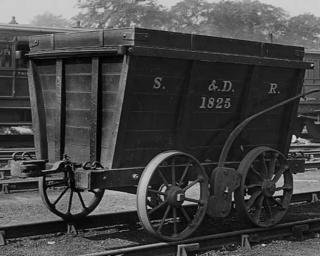
Fireless locomotive, named Imperial
- Made:
- 1956 in Kilmarnock



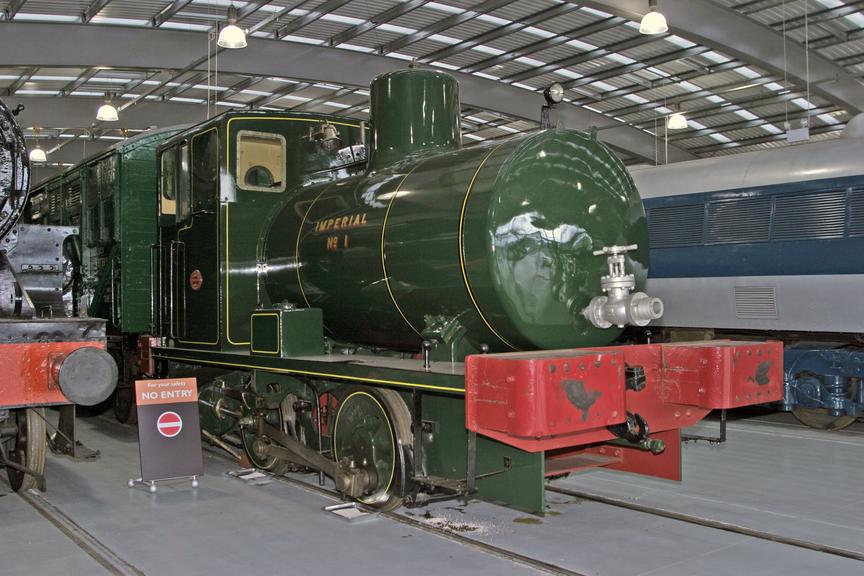
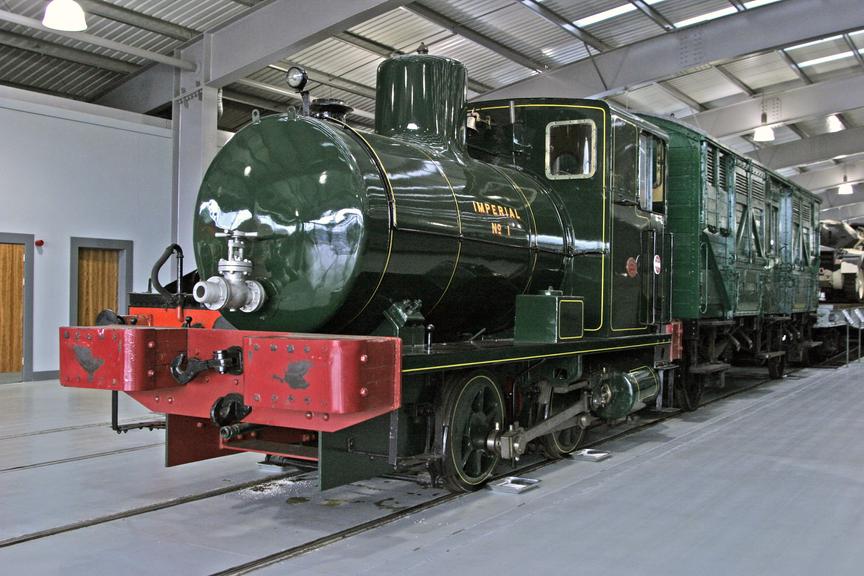
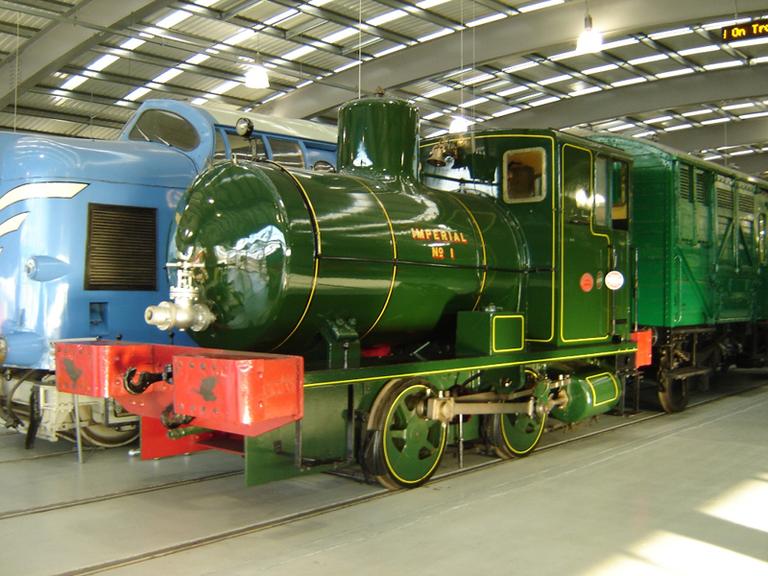
Fireless steam locomotive, 0-4-0F No 1 "Imperial", built by Andrew Barclay & Sons, Kilmarnock in 1956, worked at Imperial Paper Mills, Gravesend.
A fireless locomotive is similar to a conventional steam locomotive, except that the ‘boiler’ was in fact a large pressure vessel which was replenished with steam at intervals from the factory mains. The driver could admit steam from this reservoir to the cylinders, a reducing valve preventing the tractive effort from getting too high. Fireless locomotives were often used in industries where a conventional steam locomotive was considered a risk, such as in a mine or chemical factory. Eventually they were overtaken by diesel and electric power.
This locomotive was the penultimate fireless locomotive built by Andrew Barclay & Sons, at Caledonia Works in Kilmarnock in 1956. It worked at the Imperial Paper Mills at Gravesend.
Details
- Category:
- Locomotives and Rolling Stock
- Object Number:
- 1978-7045
- Materials:
- steel (metal), glass, wood (unidentified), iron, brass (copper, zinc alloy) and copper (metal)
- Measurements:
-
Lenght over buffers: 5943.6 mm,
- type:
- fireless locomotive
- credit:
- Wilton, A.
